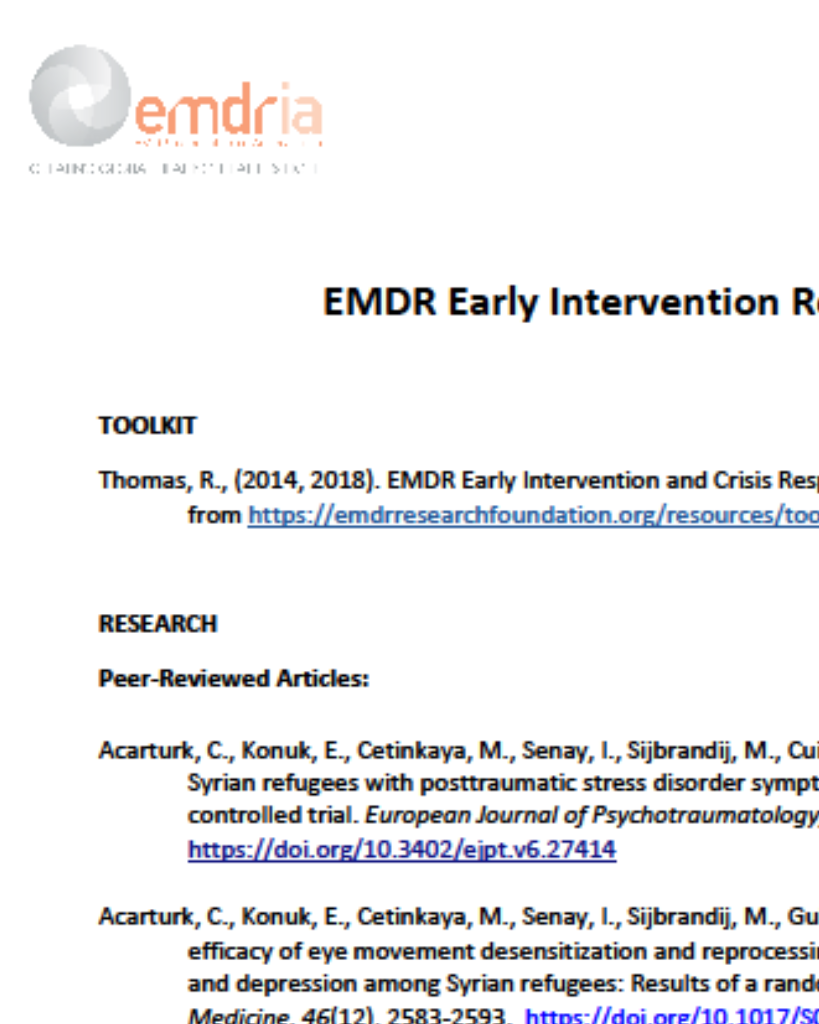Treating cognitive distortions with EMDR: A case study of a sex offender
Case study on using EMDR in the treatment of cognitive distortions in sex offenders who themselves have been victimized in their childhood.
Article Abstract
“This single-case study illustrates how eye movement desensitization and reprocessing (EMDR) can be of use in the treatment of cognitive distortions in sex offenders who themselves have been victimized in their childhood. A 56-year-old man did not perceive his childhood sexual experiences as negative. As a consequence, he could not see any harm in his own offending in later life. He spent one year in cognitive-behavioral group therapy barely making any progress. After nine EMDR sessions, most cognitive distortions appeared to be resolved. He was able to attend his group sessions in a more open and involved manner.”
—Description from publisher
Article Access
Purchase/Subscription Required
ten Hoor, N. M. (2013). Treating cognitive distortions with EMDR: A case study of a sex offender. The International Journal of Forensic Mental Health, 12(2), 139-148. https://doi.org/10.1080/14999013.2013.791350
Date
May 23, 2013
Creator(s)
Nina M. ten Hoor
Topics
Childhood Trauma, Sexual Trauma
Client Population
Offenders/Perpetrators
Extent
10 pages
Publisher
Taylor & Francis
Rights
Rights managed by Taylor & Francis
APA Citation
ten Hoor, N. M. (2013). Treating cognitive distortions with EMDR: A case study of a sex offender. The International Journal of Forensic Mental Health, 12(2), 139-148. https://doi.org/10.1080/14999013.2013.791350
Audience
EMDR Therapists, Other Mental Health Professionals
Language
English
Content Type
Article, Peer-Reviewed
Access Type
External Resource





